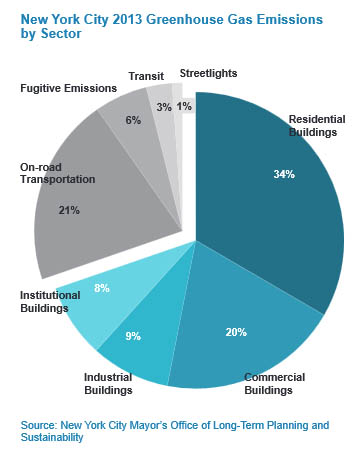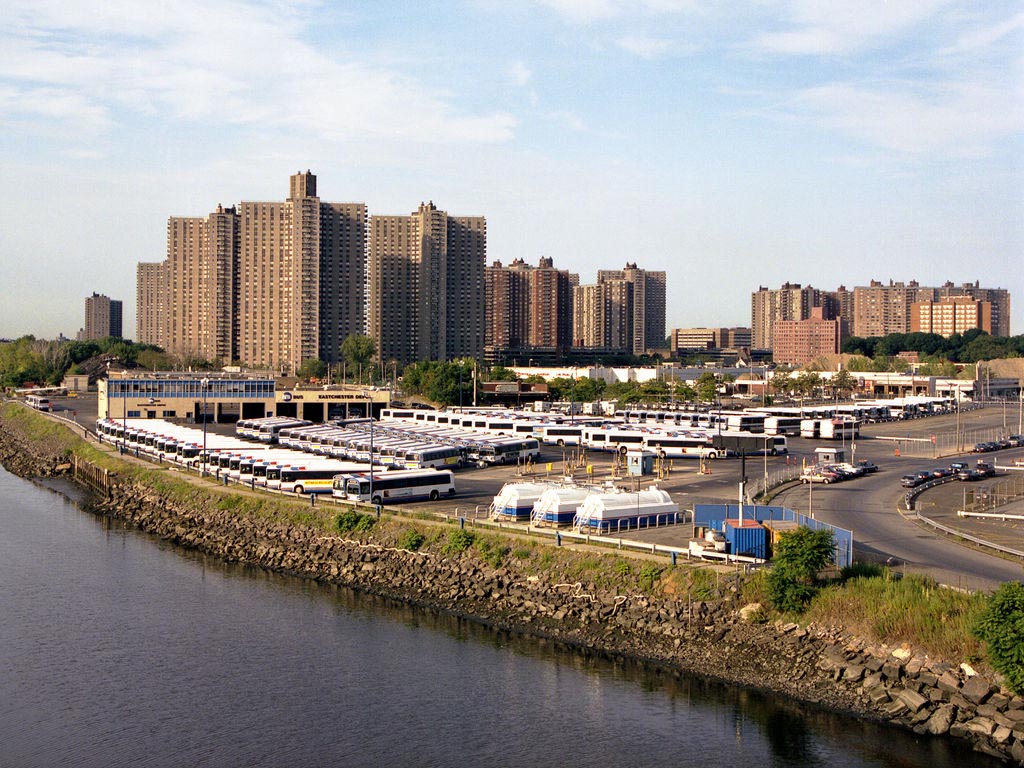The Fourth of July tends to spark a number of alternative ideas of independence. One of the most prevalent, to pick a not so arbitrary example, is independence from foreign energy sources, meaning, of course, oil. There’s nothing wrong with that; it’s a perfectly good addition to the many reasons to support energy efficiency and renewables.
From an ecological point of view, however, it’s not independence but interdependence that we should be celebrating. The obvious type of interdependence that we are dependent on is that of ecological systems which include such necessities as the provision of oxygen by plants. Unlike the 18th century colonial dependence on the British Kingdom, our relationship – an interrelationship really — to the plant kingdom should be celebrated. It’s not a dependency we want to – or can — break.
Desirable interdependence has other forms as well. Our interdependence on each other via family and community is a basic characteristic of humanity. Very few people would either want to or be able to live in isolation from the give and take of others. Try to imagine it in terms of food or shelter or, moving upward in Maslov’s hierarchy of needs, self-esteem or love.
Our pinnacle of independence, the Declaration of Independence, is itself a declaration of interdependence. Joe Romm at Climate Progress addresses this when he rereads the text of the Declaration of Independence, adding specific emphasis at points, and concludes “By saying that it is a self-evident truth that all humans are created equal and that our inalienable rights include life, liberty, and the pursuit of happiness, our Founding Fathers were telling us that we are all in this together, that we are interdependent, that we have a moral duty to protect these inalienable rights for all humans.”
In my own post, “Stealing from the Future,” I wrote of a related point that Romm also explores: “intergenerational remote tyranny.” The concept, Romm and others explain, derives from a passage in a 1789 letter written by Thomas Jefferson to James Madison: “the earth belongs to the living……..no man may by natural right oblige the land he owns or occupies to debts greater than those that may be paid during his own lifetime.”
Though I referenced it in my post, I’ve always thought that it was a bit of a logical leap to jump from that line to intergenerational responsibilities. The missing link, it turns out, is also in that letter, which begins: “The question [w]hether one generation of men has a right to bind another … is a question of such consequences as not only to merit decision, but place also among the fundamental principles of every government…. I set out on this ground, which I suppose to be self-evident, ‘that the earth belongs in usufruct to the living’ ….”
It’s a fascinating letter, worth reading in full as I did this Fourth of July. At points, he seems to invalidate the inheritance of both debts and assets to succeeding generations (“The 2d. generation receives it clear of the debts and incumberances of the 1st.”) and seems to advocate that no law or constitution should run in perpetuity. Both points have fundamental implications regarding the rights of the currently living versus those not yet on board.
Romm goes on to focus on a specific word, “usufruct,” in the opening passage of the letter. The word is a combination of the roots for use and fruit, and refers to the usage of the fruits, as in the output or products, of something. The Constitutional Law Foundation (CLF), quoted by Romm, writes: “In Jefferson’s time, as now, “usufruct” referred to “the right to make all the use and profit of a thing that can be made without injuring the substance of the thing itself.” It was a term used to describe the rights and responsibilities of tenants, trustees, or other parties temporarily entrusted with the use of an asset — usually land.”
Read that way, the definition appears to refer to the fruits of land being a right of whoever owns or rents the land. But other definitions add a crucial meaning. Miriam Webster Online defines usufruct: “the legal right of using and enjoying the fruits or profits of something belonging to another” [emphasis added]. Other dictionaries have a similar definition.
This would, among other things, be in accordance with Jefferson’s argument that the Earth belongs to the living, not merely to those with artificial “legal rights” to land. That would upset the entire basis of property rights, something I pondered in my post, “Lines in the Earth.”

It ain’t easy finding an image to represent a word like usufruct. Credit for this find goes to a site called Eurozine in an article called “From abuse to usufruct.”
But there’s a still more interesting and environmentally relevant (as well as more practicable) aspect to look at. The CLF elaborates: “Jefferson’s philosophy that the earth belongs in usufruct to the living at least partially reiterates the biblical/Lockean paradigm of the earth as intergenerational commons, the fruits and benefits of which should be accessible to every member of every generation.” This is tricky stuff for one such as me, untrained in philosophy or law, to decipher. One reading of “the earth belongs in usufruct to the living,” I think, might be interpretable in the biblical sense of man’s dominion over the Earth. Were it not for the second part of the sentence referring to “every generation,” that interpretation would be antithetical to any environmentalist as it could provide justification for simply living in the present, with no regard for anything but our own interests.
When we start thinking in terms of “intergenerational commons,” however, the picture changes entirely. It pulls together several of the themes that have been running through this blog. One is the concept, well employed by any ecological economist, of externalities. The other, of course, is the responsibility of any generation to its descendants.
But how would we truly represent the interests of those who do not yet exist? The fact that they’re not (yet) here is a pretty basic problem. Mark Bittman, in a New York Times column on climate disruption, presents a slightly science fictional concept and then suggests its potentially less hypothetical outcome:
Imagine a democracy across space, time and class, where legislative bodies represented not only those living in the world’s low-lying areas but their great-grandchildren — and ours. Or imagine that our elected representatives were proxies for those people. Imagine those representatives determining our current energy policy. Is there any doubt that things would change more rapidly?
It would be neat if a solution could be that simple. The future could send their votes back in time. Not likely unfortunately. The best we can hope for is legislative bodies that, along with their living constituents, are willing to act as those proxies, and our track record on politicians favoring the greater good over their campaign-financing interests is pretty dismal.
This brings to mind, though, another disenfranchised group – a group I discussed in yet another post: “Planets are People, My Friends.” In that post I conjectured how the interests of nature (or the Earth, if you prefer) could be represented in human decision making, how that oxygen-providing plant kingdom, for instance might have rights and votes. As with Bittman’s imagined intertemporal government, it would require proxy voting; a proxy, though, merely delegates one “person’s” vote to another. It doesn’t necessarily mean voting against your own interests when they conflict with the person you’re representing. What we’re talking about here is putting yourself in someone or something else’s shoes. An ability that most of us are not very good at.
As befits a post on interdependence, there are a lot of intertwined tentacles here: property rights, voting rights, future generations, our relationship to nature. Just a few ethical and existential questions.
No pressure though. It’s the future, not the present, we’re talking about.
















